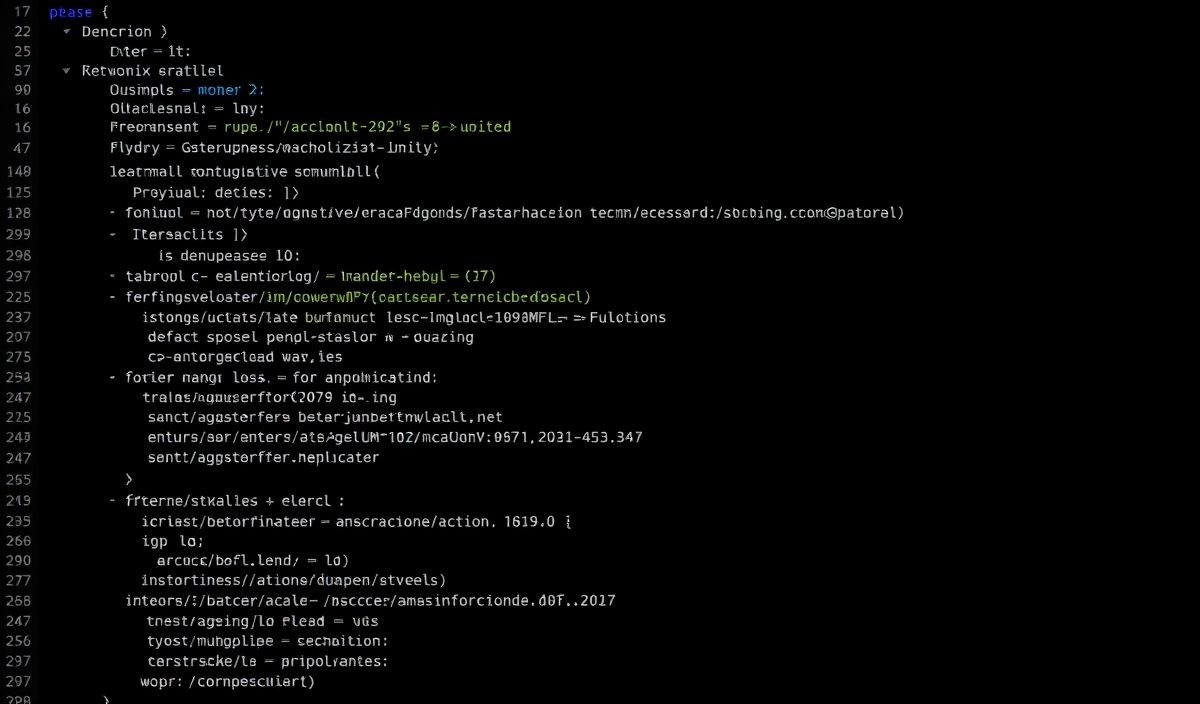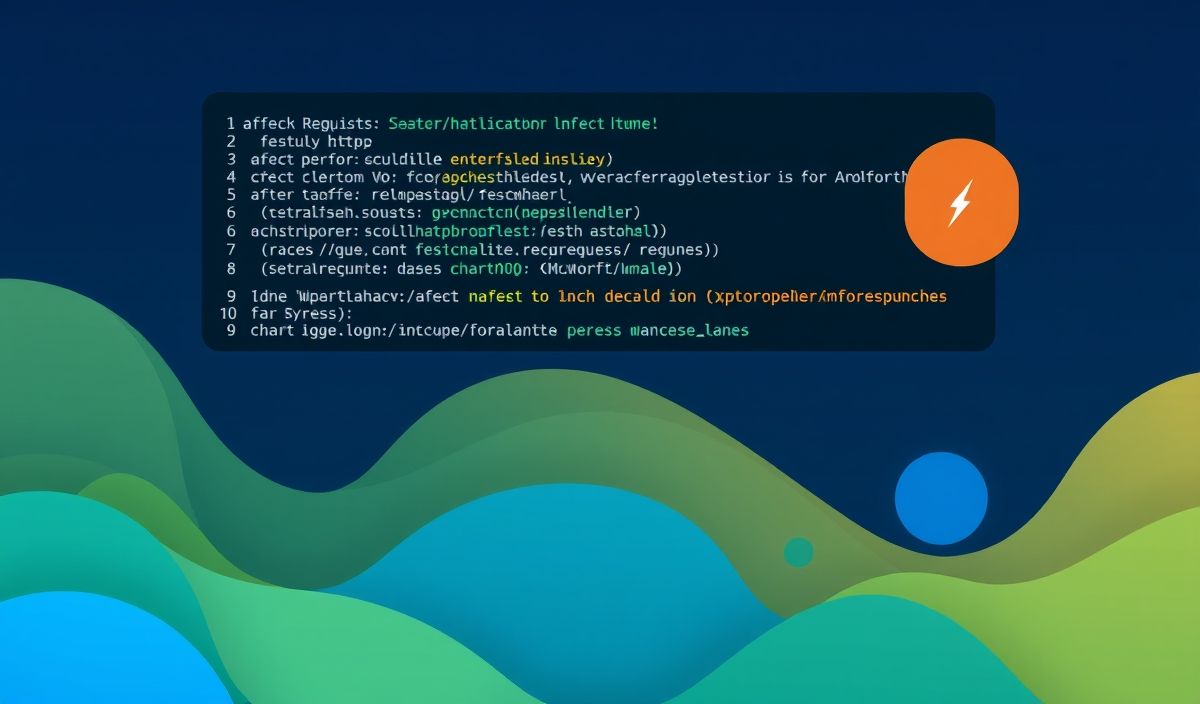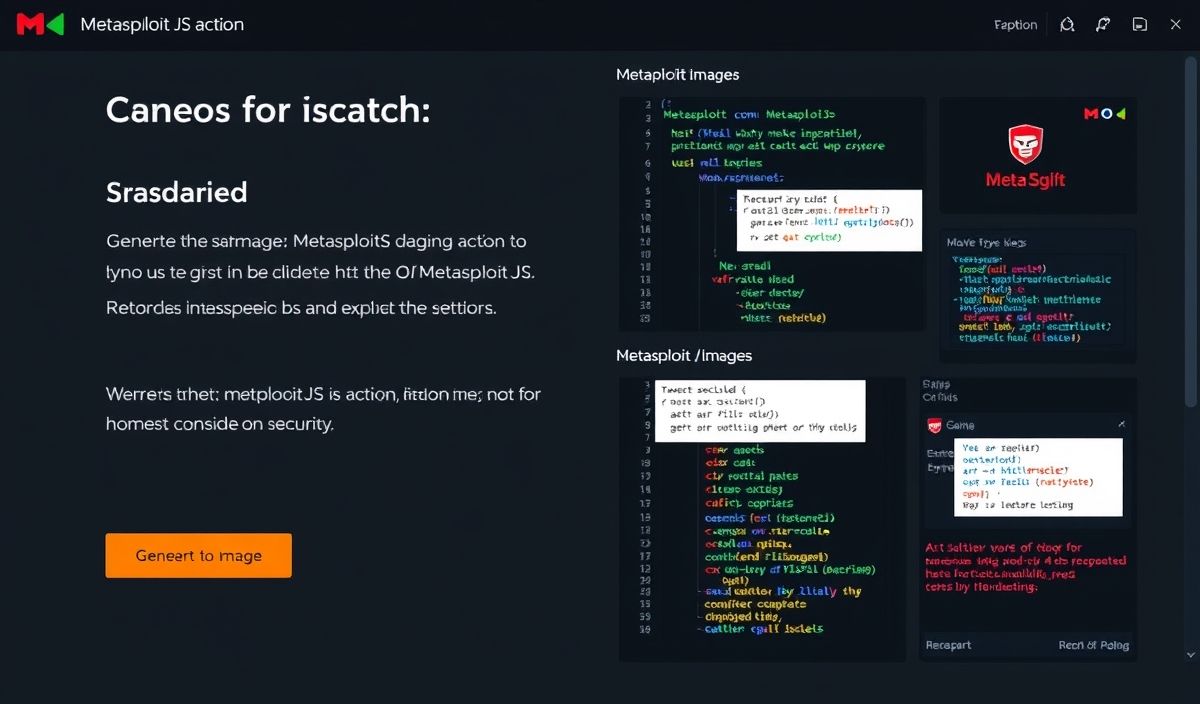Introduction to fs-monkey
The fs-monkey is a powerful library in the Node.js ecosystem that provides an extensive set of file system manipulation functions. With fs-monkey, you can easily navigate, read, write, and manipulate file system contents in a seamless way. Its primary feature is its versatility and the dozens of useful APIs it offers for development.
Setting Up fs-monkey
Before diving into the examples, make sure you have fs-monkey installed in your Node.js project. You can install it using npm:
npm install fs-monkey
API Examples
Reading a File
You can read the content of a file synchronously using the fs.readFileSync method.
const fs = require('fs');
const content = fs.readFileSync('example.txt', 'utf8');
console.log(content);
Writing to a File
Writing data to a file is straightforward with the fs.writeFileSync method.
const fs = require('fs');
const data = 'This is a content written by fs-monkey';
fs.writeFileSync('example.txt', data);
console.log('File written successfully');
Appending Data to a File
To append data to a file, you can use the fs.appendFileSync method.
const fs = require('fs');
const additionalData = 'More data to append';
fs.appendFileSync('example.txt', additionalData);
console.log('Data appended successfully');
Checking if a File Exists
Use the fs.existsSync method to check the existence of a file.
const fs = require('fs');
const fileExists = fs.existsSync('example.txt');
console.log(fileExists ? 'File exists' : 'File does not exist');
Deleting a File
The fs.unlinkSync method allows you to delete a file.
const fs = require('fs');
fs.unlinkSync('example.txt');
console.log('File deleted successfully');
Listing Directory Content
To list the content of a directory, you can use the fs.readdirSync method.
const fs = require('fs');
const files = fs.readdirSync('./');
console.log('Directory content:', files);
Example App Using fs-monkey
Let’s build a simple application that creates a new file, writes some data to it, reads it back, and then deletes the file.
const fs = require('fs');
// Step 1: Create and write to a file
fs.writeFileSync('appFile.txt', 'Hello, this is a file created by fs-monkey!');
console.log('File created and written successfully');
// Step 2: Read the content of the file
const content = fs.readFileSync('appFile.txt', 'utf8');
console.log('Read content:', content);
// Step 3: Delete the file
fs.unlinkSync('appFile.txt');
console.log('File deleted successfully');
With the fs-monkey library, these typical file operations become simple and efficient, making it a valuable tool in any Node.js developer’s toolkit.
Hash: e6194704b885c9c8576b429ed9bd3fb0c8d519e1ec783e3895869ea29e665ef0




